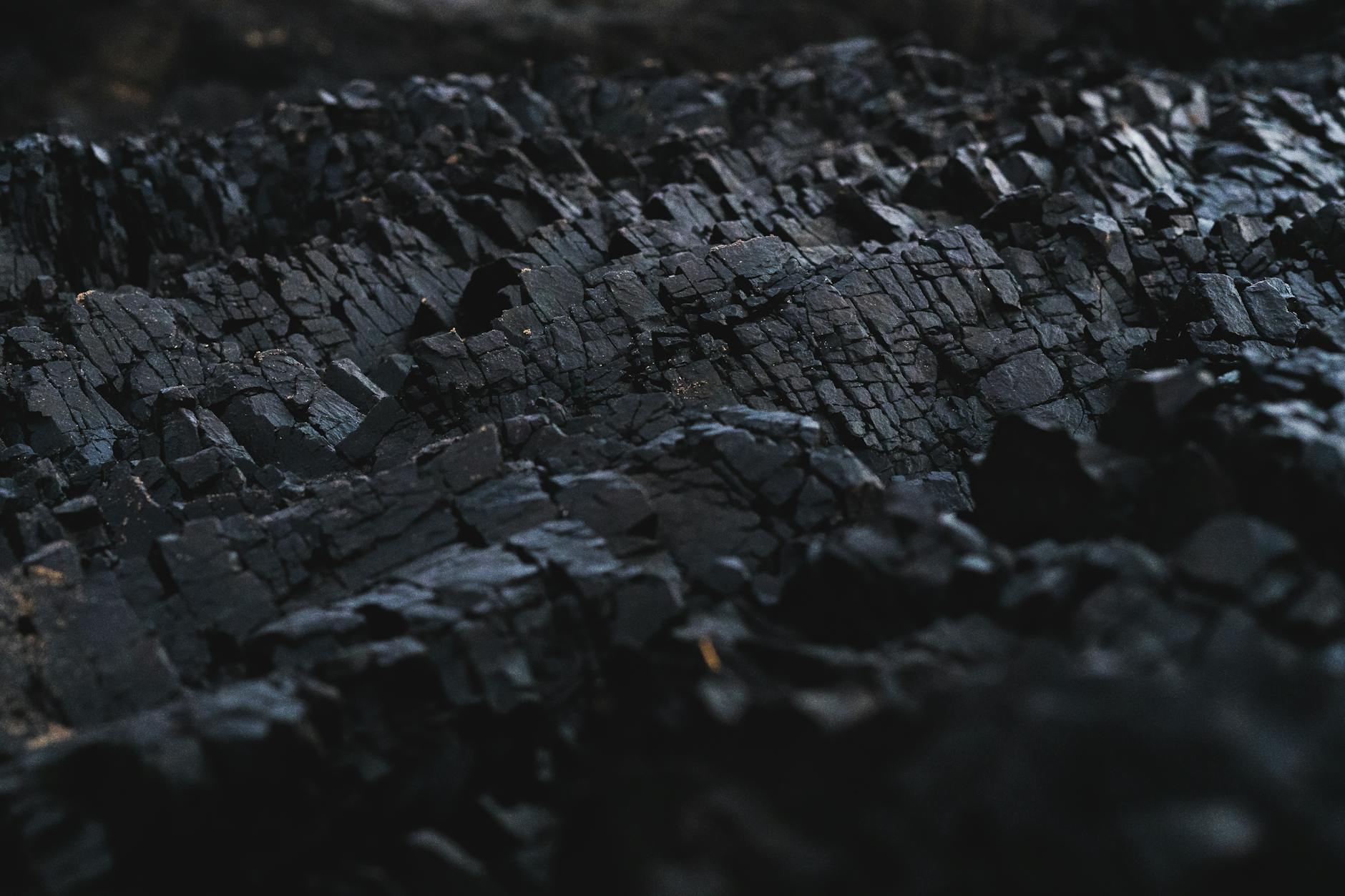Context: Neyveli Lignite Coal India Limited (NLCIL) is a Central PSU headquartered in Neyveli, Tamil Nadu. NLCIL is the largest producer of lignite in the country. The PSU has been diversifying its business into various spheres like power generation and renewable energy.
About Lignite in India
- Lignite is also known as brown coal as it is brown in colour.
- Higher carbon content in coal reflects the quality of coal. It is the lowest quality of coal. Carbon content of lignite ranges from 65-70%.
- Lignite is prepared in the first stage of organic maturity. Initially the peat is converted into lignite or ‘brown coal’ – these are coal types with low organic maturity.
- It is a softer coal with a high moisture content and contains the greatest number of compounds other than carbon such as sulfur and mercury.
- Lignite resources in India: Indian lignite deposits occur in the Tertiary sediments in the southern and western parts of peninsular shield particularly in Tamil Nadu, Puducherry, Gujarat & Rajasthan and also in Jammu & Kashmir. The total known geological resources of lignite as on 01.04.2021 is about 46.02 billion tonnes, of which 79.3% resources (about 36.49 billion tonnes) are in Tamil Nadu, Rajasthan (13.8%) and Gujarat (5.92%).
- Production of Lignite: Tamil Nadu is the largest producer of Lignite in India accounting for 49.97% of total lignite production in India. Tamil Nadu is followed by Gujarat (27.37%) and Rajasthan (22.67%).
- Neyveli Lignite Mine is the largest open cast mine in India with eco-friendly technology.
Overburden in Open Cast Mines
- Lignite is mined in open-cast mines in India. In open cast mines, coal or lignite can be extracted only after removing layers of soil and stones. This soil and stone is known as overburden.
- This overburden is removed and treated for other uses to reduce the environmental impact of mining.
- To address these concerns following are focus areas:
- Sustainable end use of land resources.
- Scientific reclamation of mined lands.
- Establising community-centric land uses such as restored forests and eco-parks.
- Afforestation




